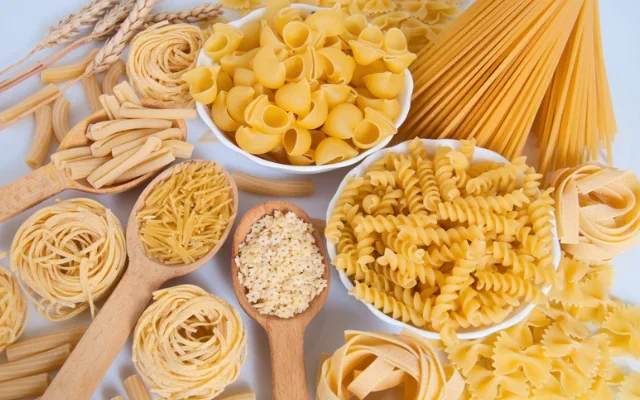Most used Colonial Goods
Colonial Goods from the 17th and 18th Centuries
The 17th and 18th centuries were a time of exploration, colonization, and trading for many European countries. During this period, a variety of goods were imported from the colonies, including spices, tobacco, fabrics, tea, coffee, and a wide selection of other items. Many of these goods were also produced in the colonies and exported to other parts of the world.
Spices were one of the most sought-after colonial goods. As early as the 16th century, they were being imported from the East Indies to Europe. Cloves, nutmeg, cinnamon, pepper, mace, and ginger were all popular spices that could be found in the colonial marketplaces.
Tobacco was another commonly traded item. It was grown in the colonies and then shipped to Europe where it was sold as a luxury item. The leaves were used for smoking as well as for snuff. Tobacco was also used to make cigars and snuff boxes.
Fabrics were another popular colonial good that was exported from the colonies. India was known for its intricate fabrics such as muslins and chintz. These fabrics were often decorated with elaborate designs such as paisley or floral patterns.
What to Look Out for When Buying Colonial Goods
When it comes to buying colonial goods, there are a few key things to look out for. Most sought after items include furniture, porcelain, glassware, silver, and jewelry. Many pieces of furniture date back to the 1800s and are often made of walnut and mahogany. Porcelain is usually marked with a manufacturer’s mark on the bottom and is often decorated with intricate designs. Glassware is often clear and has a characteristic sheen. Silver items come in a variety of shapes and sizes and can range from simple dishes to elaborate tea sets. Jewelry is also highly sought after and can range from necklaces to rings.
When shopping for colonial goods, it’s important to check for signs of wear or damage. Furniture should be inspected for any cracks or splits in the wood, as well as any loose joints or hinges. Porcelain should be checked for chips or cracks, and glassware should be checked for scratches or breaks. Silver should be inspected for tarnishing which can reduce its value significantly. Additionally, jewelry should be examined closely for any missing stones or signs of tarnishing.
What Are The Most Popular Colonial Goods?
When it comes to colonial goods, there are so many options to choose from. It can be difficult to know where to start. To make the decision easier, here is a look at some of the most popular colonial goods.
First on the list are spices. Spices have long been a popular item for trading. They come in a wide variety of flavors and can be used to flavor almost any recipe. Popular spices include black pepper, cinnamon, turmeric, nutmeg and cloves.
Tea is another common colonial good. Whether it’s an oolong or a green tea, tea has been enjoyed and traded for centuries. It can be used as a beverage or even as an ingredient in recipes. To give your tea an extra kick, consider adding some of the spices mentioned above.
Silk is another highly sought-after colonial good. It is made from the cocoons of certain types of insects and was originally used as a luxury item. Today, it is still used as a luxury item but also as a fabric for clothing, bedding and upholstery.
Rice and Pasta: Most Popular Colonial Goods in Denmark
When it comes to the most popular colonial goods in Denmark, rice and pasta are at the top of the list. These products have been enjoyed for centuries, and continue to be popular today. Rice is a staple food for many, and can be used in a variety of dishes. It is also a great source of carbohydrates, vitamins, minerals, and fiber. Pasta is an Italian dish that is also popular in Denmark. It is a type of noodle made from durum wheat, and is usually served with sauces or other ingredients.
Rice and pasta can both be purchased in bulk, making them ideal for stocking up on for emergencies. They are both relatively inexpensive, making them affordable to most households. Both can also be stored for long periods of time without spoiling, making them a great investment. Furthermore, they are incredibly versatile – rice can be used in stir-fries, soups, salads, stuffings, side dishes, desserts and more; while pasta can be used in casseroles, salads, soups, stuffing’s and more.



